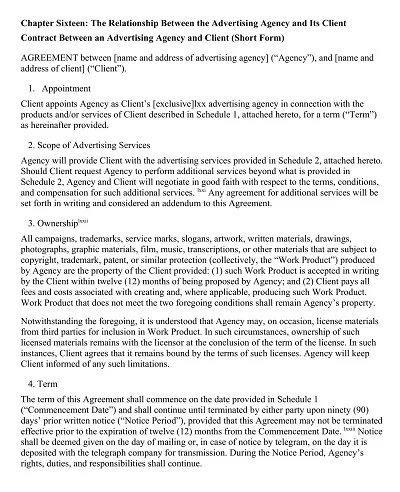
An Advertising Contract Template is a document used in every business organization when an advertiser wants to avail of advertising services from a media channel. The general format usually includes details like the nature and dimension of the advert, the location and period, the amount of money that should be paid, and the mode of payment.
Contents showIt can also provide information about the parties’ responsibilities and authorities, shedding light on content approval and cancellation processes, for example. This way, both parties benefit from using such a template, as it helps provide each party with the necessary legal protection and ensures that misunderstandings are eliminated within the framework of the advertising agreement.

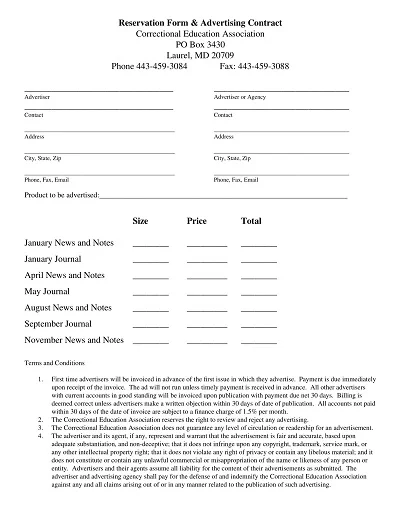
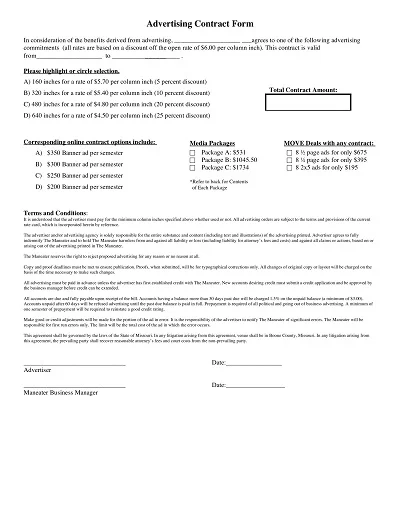
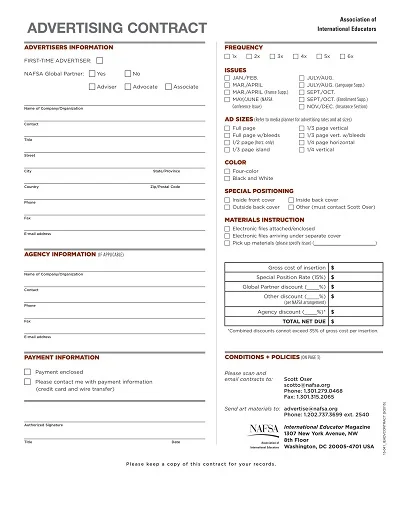
An Advertising Contract is legal between two individuals or at least two business entities, most probably between an advertiser and the media used for advertising.
The details of the advertising campaign stated in this contract include, but are not limited to, the duration of the advertisement, locations, and sizes of the ads, any cost to be incurred, and any other terms and conditions regarding delivery and quality of the advertising service.
This way, it is possible to avoid situations where the advertiser claims that the publisher or broadcasting medium did not perform their task as expected. At the same time, the latter complains that the former has not lived up to its end of the bargain by not providing quality advertisements, frequent updates, or payment as initially agreed.
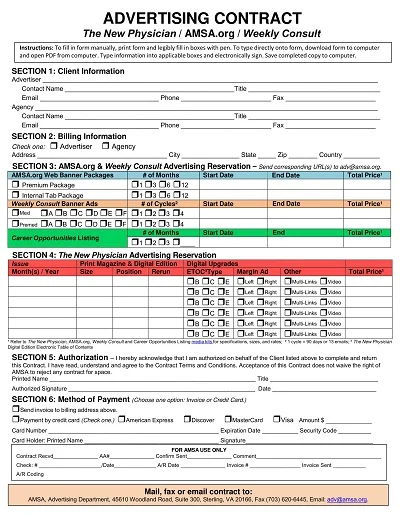
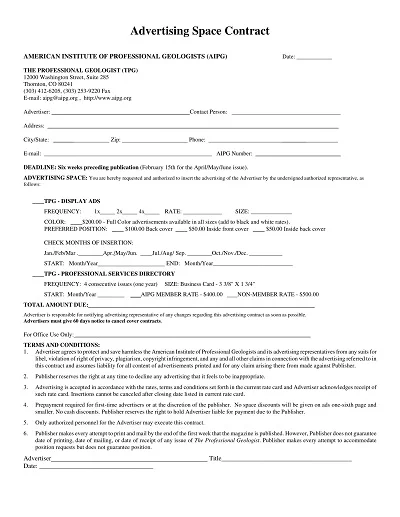
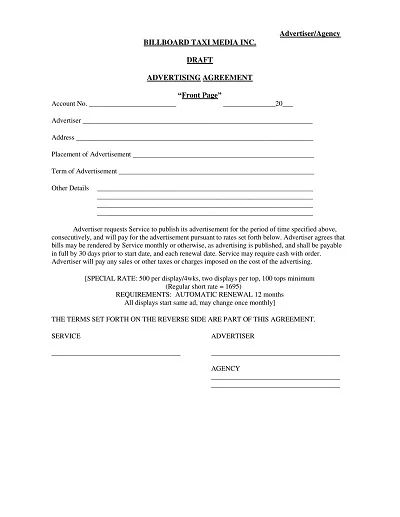
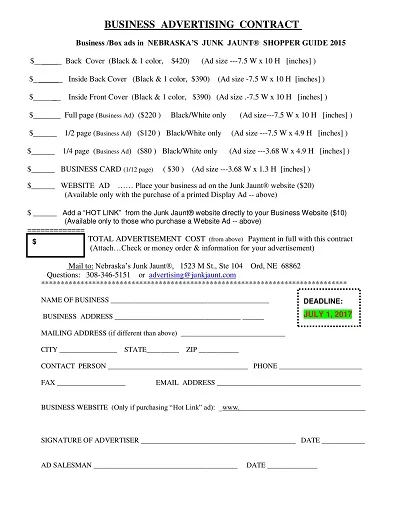
An Advertising Contract aims to protect the legal rights of all parties associated with advertising contracts and every party so connected and to ensure the proper conduct of advertising campaigns.
Below are the key objectives it seeks to fulfill:
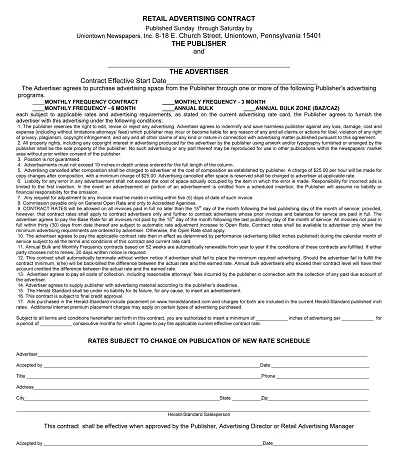
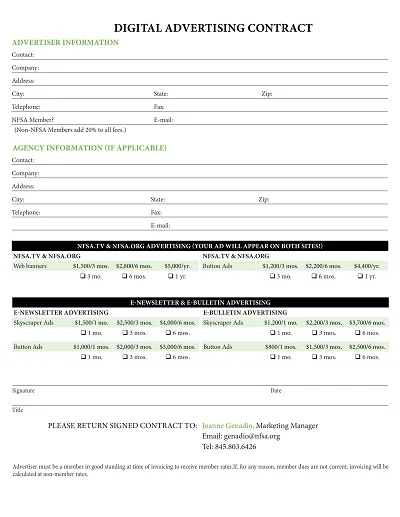
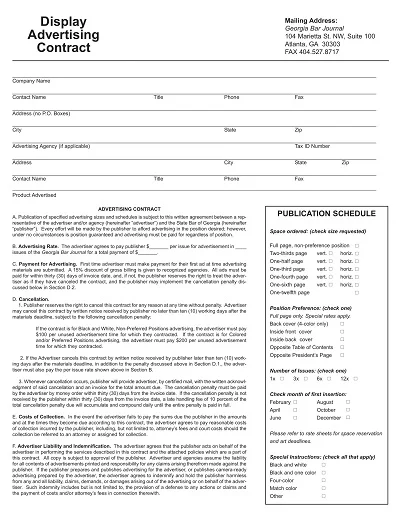
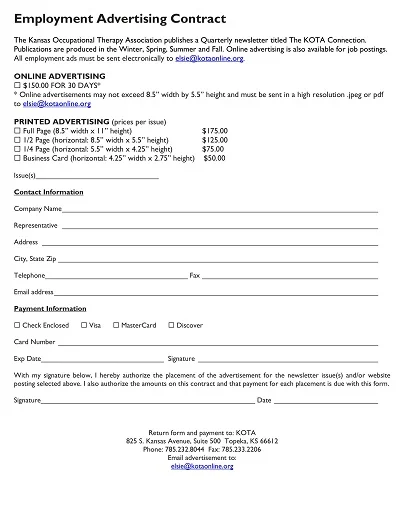
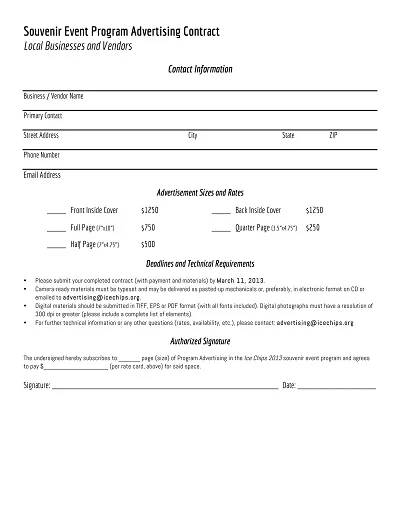
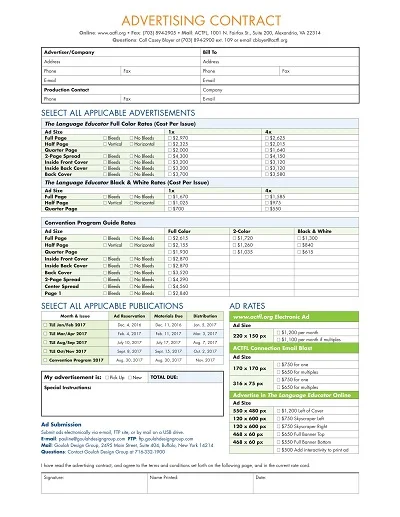
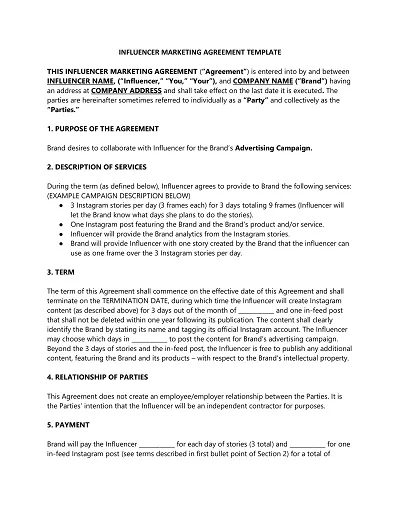
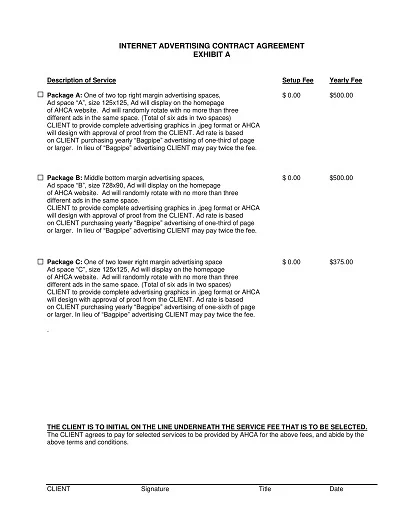
There are some important advantages of using an advertising contract, including the use of an advertising contract which could help reduce possible conflicts and dissatisfaction between the advertisers and clients and minimize misunderstandings that may occur when the expectations of both parties are not met.
Here are some notable advantages:
An advertising contract also sets down other aspects concerning the relationship shared between the two businesses and which party is expected to deliver what. This clarity thus adds to commitment since each party knows and assures what is expected of the other.
It is a document that can be used to establish contractual relationships and support each other during conflict. It is as human as it gets to put everything down on paper so that issues can be addressed easily and everyone holds his or her cross to the agreement.
The contract notes that payments and totals of the agreed prices, terms, and incidental expenses indicate each party’s duties and responsibilities. This makes it easier to avoid any controversies arising from misconceptions or lack of clarity in finance-related issues.
A good example is a clear definition of the goal setting, delivery details, KPI, and time frame upon which the ad contract would be implemented with full accountability from both sides. This helps ensure that the campaign reaches the company’s goals within the particular amount of time fixed.
An advertising contract streamlines the relationship and outlines how the goals should be achieved because it defines the endeavor’s roles, responsibilities, and legal responsibilities.
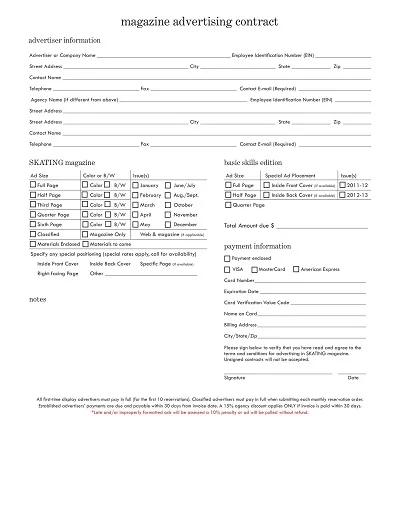
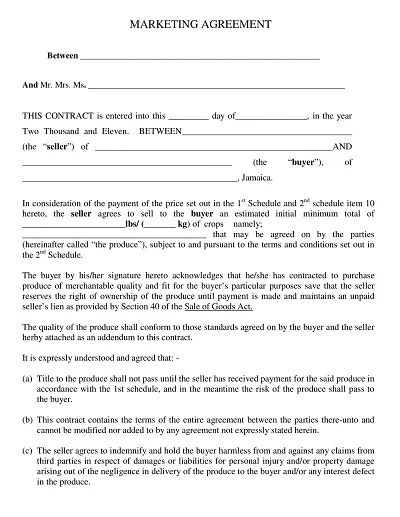
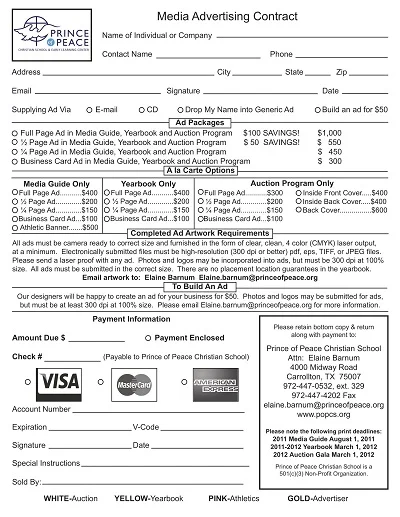
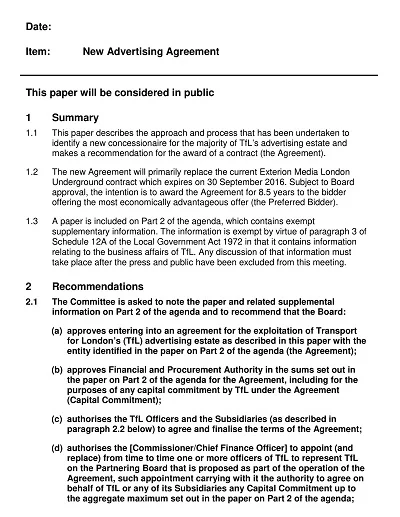
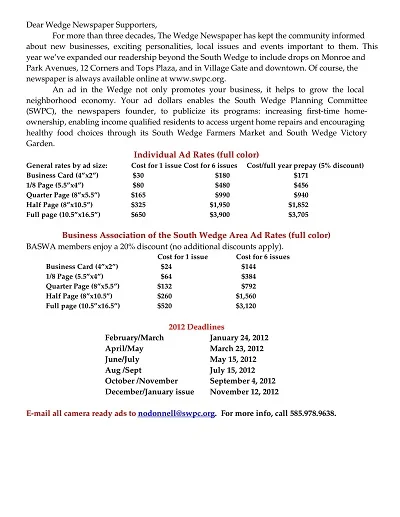
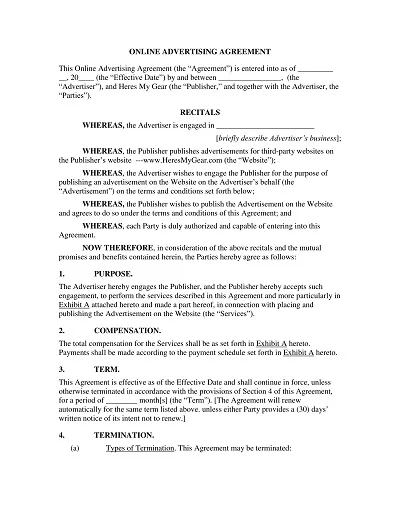
An advertising contract is essential for several key reasons:
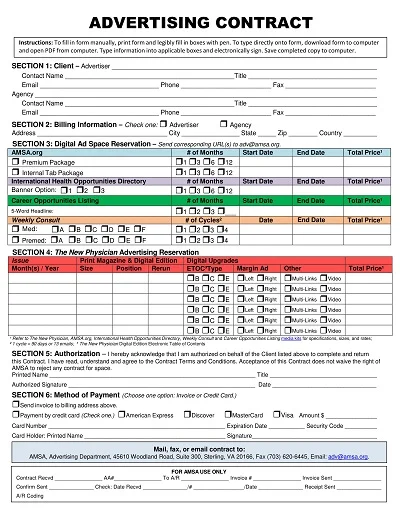
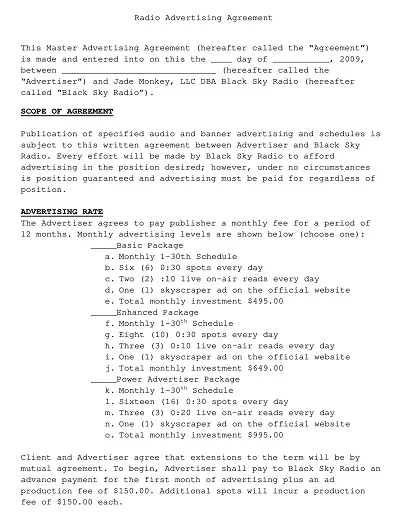
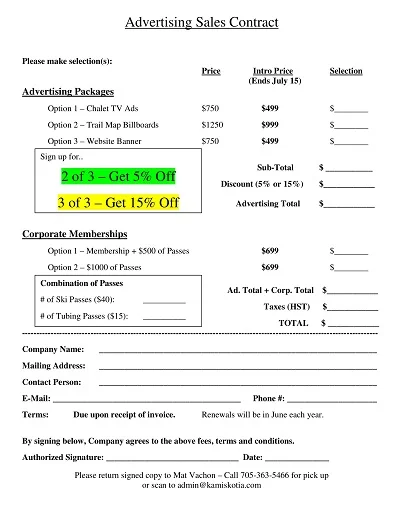
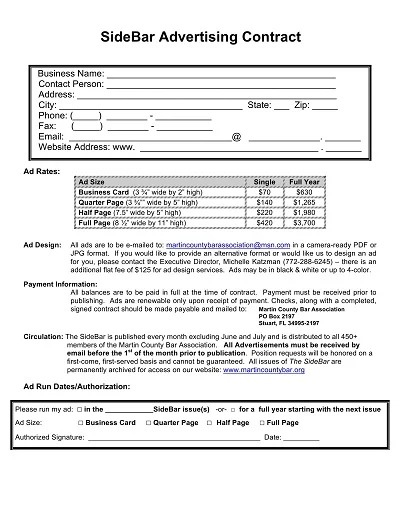
An advertising contract, a mutually signed agreement between the advertiser and the media that will carry the ad, formalizes the deal and minimizes misconceptions. It specifies the characteristics of the advertising campaign, such as the mode of the advertisement, the period of advertising, the location for the advertisements, and the amount of money spent on them, reducing the chances of misunderstandings.
It also contributes to defining the task distribution and ensuring that both parties’ interests are optimally guarded against various risks. This contract provides the framework of the advertising campaign, which, when followed, will help ensure its success. The contract also establishes trust and reliability of professional relations among advertisers.
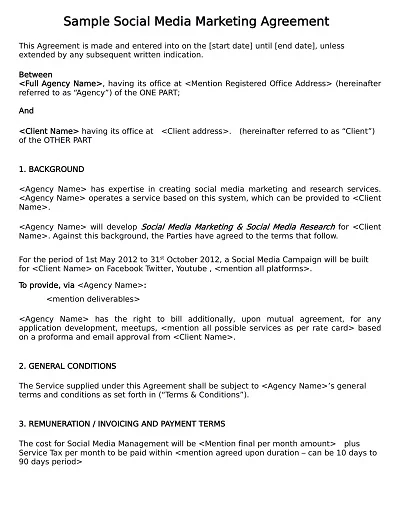
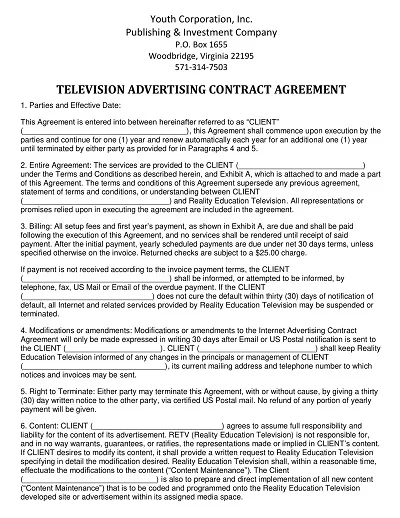
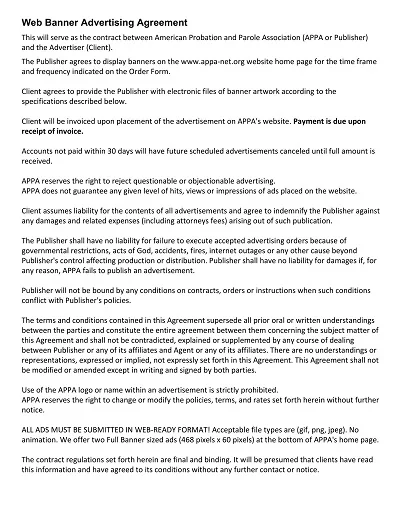
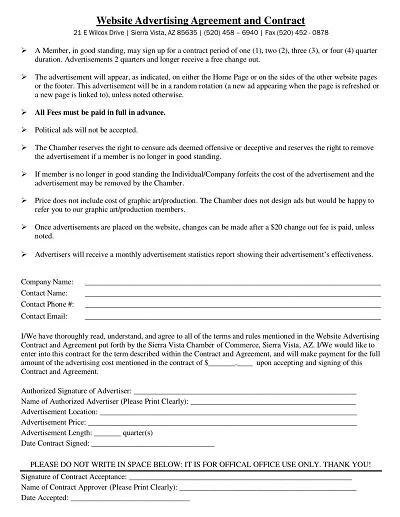
An Advertising Contract has important elements to include in the initial document so that everyone is on the same page as the client. These components often cover the following:
It is effective for both the advertising agency and the company as it makes the roles, responsibilities, and legal rights of each client understandable, thus promoting a great business relationship in advertising.
Certain steps need to be followed to prepare the advertising contract template in a way that will satisfy both parties and be clearly stated.
Here’s a step-by-step guide to help you craft a template that covers all the necessary details:
The general information section should begin with a brief statement regarding the contract’s goals and aims, the advertiser and client’s names and industries, and the date of signing the contract.
The advertising services to be offered must be clearly stated, including the medium to be used, the timeframe for the campaign, and the intended customers. Lines of demarcation must be drawn to outline the job.
Explain the plan, down payment, and intermediate and final payment frequency. Describe the modes of payment allowed and the penalty for delayed payment in percentages or days.
The rights and trademarks for any creative materials to be created during the contract term should be explained clearly, as well as the use of the advertising materials and whether the advertiser has any rights to the work.
Ensure to add a privacy clause, which states that both parties will not reveal any trade secrets or other sensitive business information acquired during the granted contractual period to the other party.
State when either party can cancel or terminate the contract and to what extent, learn about breach of contract and whether there is a necessity for a notice period.
State the process for handling any legal proceedings that may be taken due to a disagreement or dispute, whether through mediation or arbitration; the legal jurisdiction should be laid down.
Finally, add a section where both the client and the freelancer agree to the contract terms by signing and placing the date in the indicated area.